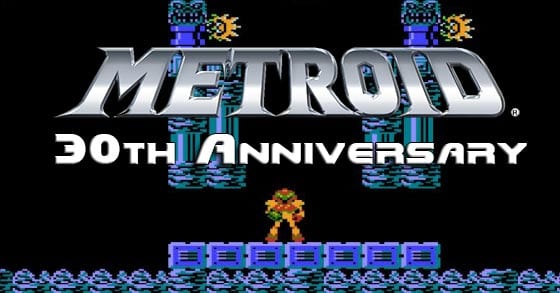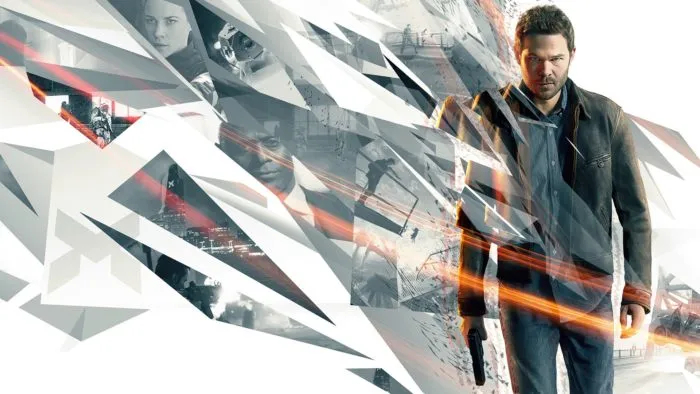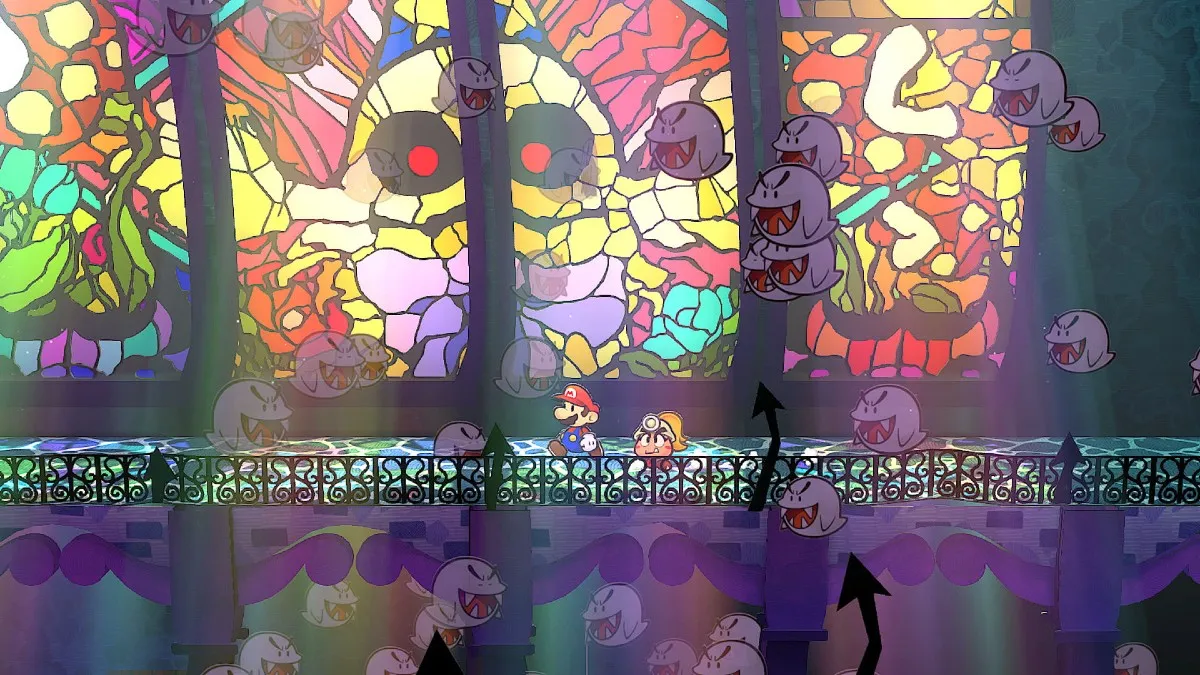Metroid Through the Years
In an attempt to innovate on new technology yet again, the team at R&D1 gathered once again to release Metroid II: Return of Samus to the Gameboy in 1991. While it was (and still is) strange for Nintendo to have released a sequel to a popular console title to handheld, the game did feature some significant improvements over the original game. Long gone were the days of passwords to retain progress. The game’s cartridge featured a battery pack, allowing players to save the game. Improvements to controls allowed Samus the ability to finally crouch and shoot, as well as jump and shooting straight down to attack enemies directly below her.
While the game is often regarded as the weakest entry in an otherwise strong franchise, it still had a favorable response at launch. Key design elements from Metroid II, like Samus’ Power Suit, would be permanently featured in later games.
The critical favorite, Super Metroid, released in 1995 for the Super Nintendo, and it’s generally heralded as the series high-point for its innovative action and platform design. While revisiting previously tread ground was nothing new in the franchise, Super innovated on this process by allowing players to upgrade their gear via optional secret locations that could not be accessed until the player had acquired new upgrades. Critics and fans alike met the game with exhaustive acclaim. Super Metroid was a delightful blend of traditional platforming with deep exploration mechanics that kept the player feeling isolated and cautious.
Suddenly, Samus and the rest of the Metroids fell off the face of the Earth, skipping the N64 and resurfacing with two different titles in November of 2002: the traditional Metroid side-scroller, Metroid Fusion, and the wildly different first-person shooter, Metroid Prime, for the Gamecube.
Fusion continued the series tradition of having Samus traverse a side-scrolling world full of secret upgrades and powerful enemies; where Fusion delineated itself from the rest of the franchise was its emphasis on story. For the first time ever, Samus had someone to keep her company and telling her what to do via communication points scattered throughout the world. The experience ultimately suffered because the game became antithetical to the fundamental nature of the series. Exploration had been all but eliminated, and players were told exactly where to go. While this detracted from the fundamental idea of forcing players to traverse an alien world alone, it added an opportunity for R&D1 to do something new.
Early in the game, Samus is infected by an X Parasite, which goes on to create a super-powered clone of her that chases her during pivotal moments in the game. Confronting the X Clone is suicide, as it can destroy you within seconds. Instead, you’re forced to run and hide, hoping it fails its search for you. This game of cat and mouse persists throughout the entirety of the game until it culminates, with a final showdown that turns the tables on the X Clone. Suddenly the hunter becomes the hunted, and all that built up tension is released as you eradicate the X Clone from existence.
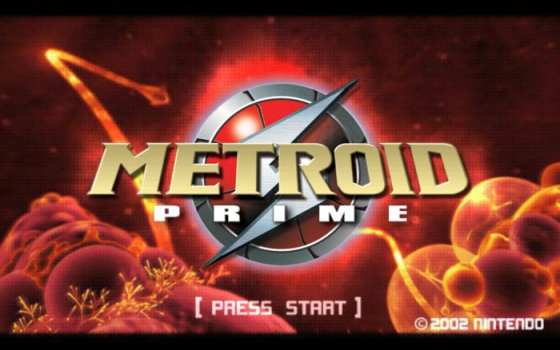
But for those wanting something entirely new and familiar at the same time, Metroid Prime released for the Gamecube on the same exact day as Metroid Fusion. Prime transplants everything developer Retro Studio’s learned upon playing Super Metroid and adapts it for a 3D environment and first-person gameplay. Unlike Fusion, Prime feels like old-school Metroid. Samus is alone, navigating a hostile environment ready to kill her at every turn. Intrigue and mystery is met with every new environment, and subtle, environmental storytelling takes precedence over the “go there, and do that” handholding design of Fusion.
Fresh off the success of two simultaneous Metroid games, Nintendo and Retro Studios were hard at work on a sequel. Metroid Prime 2: Echoes released in 2004 and was seemingly influenced by the two games that came before it. Echoes continued the tradition that the original Prime established, but melds it with the story element introduced in Fusion, a powerful doppelganger version of Samus. The game was met with the same amount of fanfare as its predecessor with one caveat: too hard! Boss fights were brutal, and environment layouts were more difficult to read and navigate accordingly.
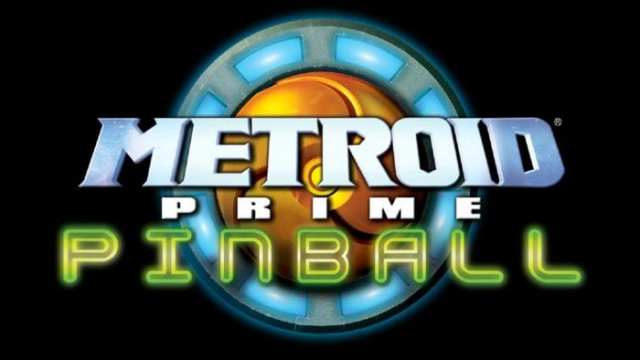
After losing some of Metroid’s momentum with spin-offs, Retro Studios released Metroid Prime 3: Corruption in 2007 for the Wii. Retro Studios attempted to push the boundaries of what they’d done with the Prime series by expanding the size of the playable areas in the game. The motion controls for the Wii made controlling Samus novel, but also the game’s biggest detriment. Unlike the precise controls of the previous games, the Wii motion controls led to some wonky movements and actions. But ultimately the game was lauded for successfully bringing the Prime series to the Wii.
With Retro Studios free, Team Ninja stepped up to the plate to bring Metroid: Other M to the Wii in 2010. The game was an amalgamation of everything that had come before. A mix of both 2D and 3D elements with a strong emphasis on story. So why do players everywhere cringe when Other M gets brought up? The problem is the series’ defining trait, Samus Aran. The strong, lone wolf devolved into a whiny damsel who relied on permission from her commanding officer to use equipment. This negative characterization of Samus is the last taste of Metroid most newer players have, so its easy to understand why the series is relegated to cameo appearances in game like Super Smash Bros.

